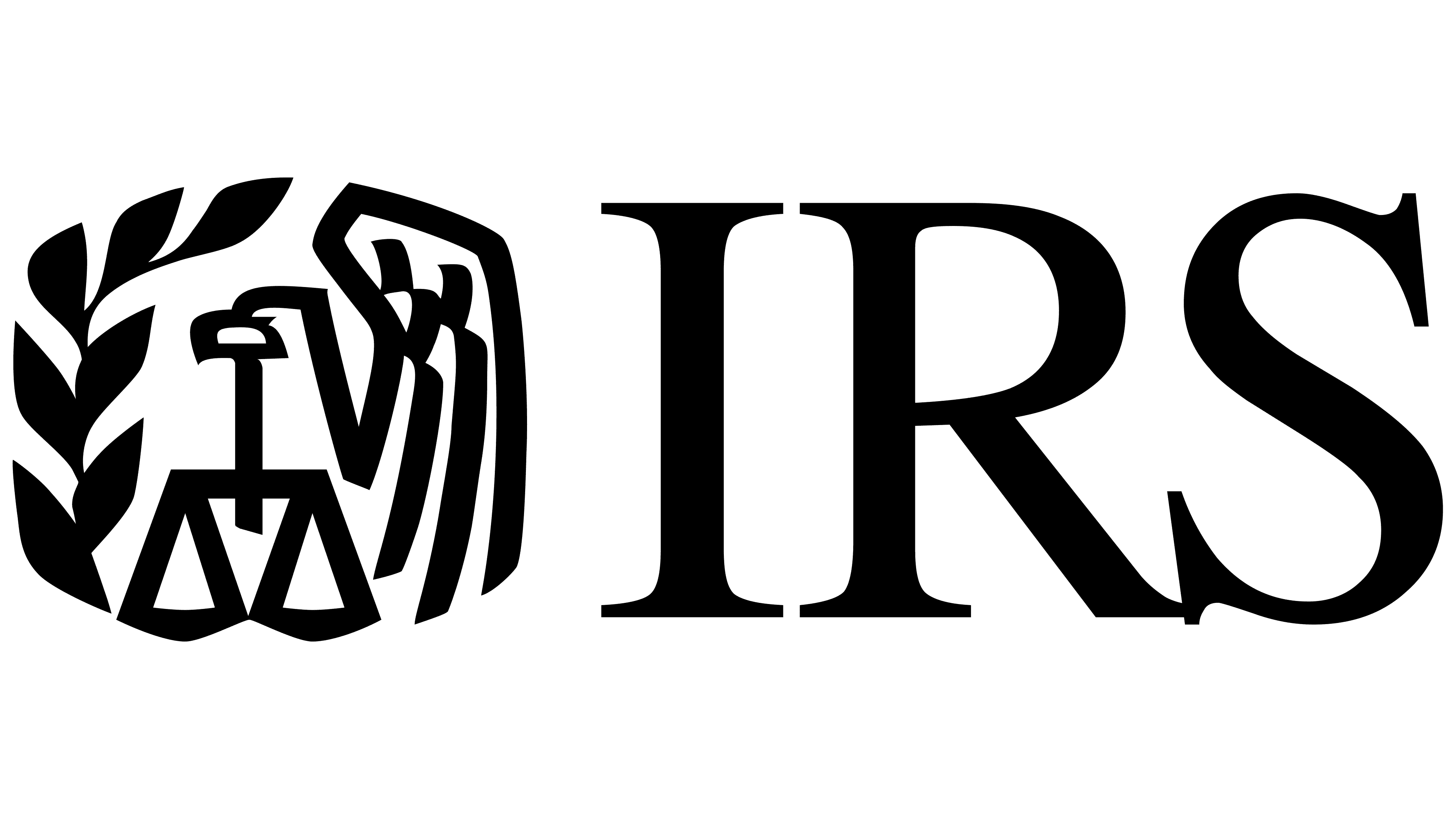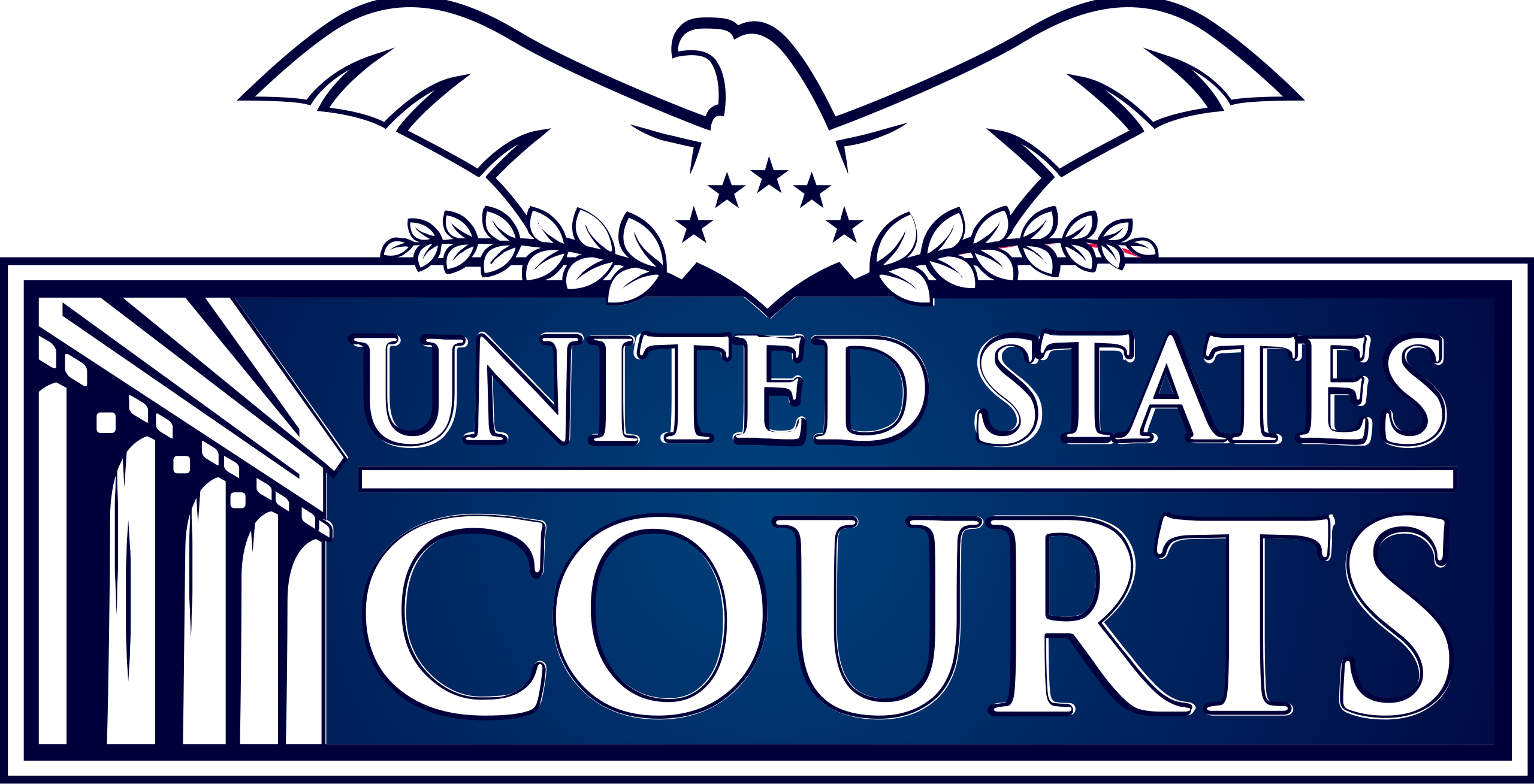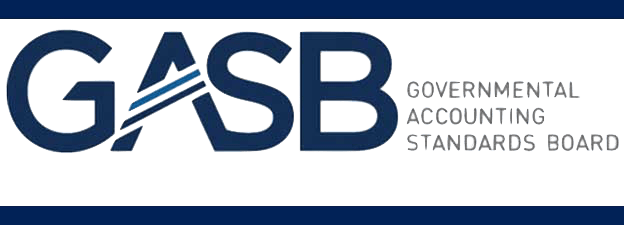






Repair costs can be confusing when it comes to appraising equipment and machinery. Calculating costs accurately can be difficult as the industry and technology are constantly changing. In this article, we will discuss what repair costs are, the various types of repair costs, and how to calculate repair costs for equipment and machinery. Moreover, we explore tools for calculating repair costs, factors that affect repair costs, and how to manage repair costs over time.
Repair costs refer to the price of any repairs that are required for machinery or equipment that is being appraised. Depending on the age, condition, and regular maintenance history of the item, repair costs can be minor or more substantial. Repair costs are typically determined by calculating the cost of materials and labor to repair or replace any part needed to bring the item back to its intended function. For example, if a machine required a specific screw, nut, electrical cord, or any other component to make it functional again, that part and the labor required to install it would be included in the repair cost. It is important to note that repair costs should never be underestimated or overlooked when appraising any kind of machinery or equipment.
Repair costs are an important factor when appraising equipment and machinery, and it's important for appraisers to be able to accurately and correctly identify them. Depending on the type of asset, repair costs may be broken down into three categories–labor, parts and materials, and outside services. Labor costs include any costs associated with the labor necessary to repair a machine or piece of equipment. Parts and materials refer to any parts and materials that need replacing or repairing to bring the asset back to working order. Finally, outside services refer to any services that may need to be contracted out to professionals, such as welding or painting services. It is important for appraisers to be able to properly identify and assess repair costs, as these can affect the valuation of a piece of equipment or machinery.
When it comes to appraising equipment and machinery, one of the most important factors to consider is the estimated repair cost. To accurately calculate the repair cost, the appraiser must have knowledge of the cost of materials, labor, and overhead that will go into any repairs needed. It’s also important to consider the time it would take to complete any necessary repairs or modifications. Once all of the costs and estimated repair times are added up it will give the appraiser an accurate and reliable figure that can be used to determine equipment or machinery value. When considering repair costs always remember to factor in future repairs that may need to be done down the line, such as changes in technology or market fluctuations. Calculating repair costs with a comprehensive knowledge of the components and materials required is the best way to get an accurate and fair figure for appraisals.
Tools can make tracking and calculating repair costs simple and there are a few tools for appraisers that can help accurately assess the costs involved. Many appraisal companies now supply cost guides for repairing equipment and machinery that can give a general breakdown of the associated costs for that type of item. This can make estimating the costs of repairs much faster. In addition, individual product manufacturers and suppliers often have their own cost calculators which are specific to their products and that can provide a more accurate view of the costs. Lastly, browsable databases of cost estimations can be found online and these are often updated and can give very specific costs for different products. Using these tools can give you the data necessary to come up with an accurate appraisal value while saving time and resources. By having access to reliable data you can feel confident in performing an appraisal on any type of equipment or machinery.
Repair costs vary depending on the type of equipment, the extent of the damage, and the accessibility of the parts. Factors you should consider when evaluating repair costs include the brand and age of the equipment, as well as the complexity of the repair. For example, repairing a well-known brand of machinery may cost more than a lesser-known manufacturer due to higher parts and labor costs. Additionally, the availability of replacement parts and the cost of acquiring them must be taken into account. Depending on the severity of the damage, labor costs could be as low as a few hours of repair or as high as a complete overhaul. Likewise, the age of the equipment may determine the complexity of the repair, requiring more hours and specialized labor. Overall, it is important to consider all aspects of the repair when evaluating the cost to restore equipment and machinery. Understanding the factors that affect repair costs will help appraisers better assess the damage to their equipment and make informed decisions when assigning a value.
When purchasing equipment or machinery to be used for appraisals, costs for expected repairs must be anticipated. Many elements of a machine or piece of equipment can need repair, ranging from small adjustments to major system overhauls. In order to properly anticipate repair costs, look at the age and condition of the item and any history of repairs or issues you can acquire. Additionally, ask a technician to inspect it for any foreseeable repair needs. Also, consider the cost of the item compared to the cost of the repair. For example, if an appraisal machine is several hundred dollars but the repair estimates exceed the cost of the machine it may be better to purchase a new machine instead. Research and consultation can help you create a budget for anticipated repairs that takes into account all potential components. This will save you time and money in the long run.
When appraising equipment or machinery, it is important to accurately gauge labor costs associated with any necessary repairs. During an appraisal, research the average cost of labor in the region if necessary repairs are needed to keep the equipment or machinery functioning. This research is necessary because labor costs can vary greatly depending on the region and even the size of the job being done. It is also important to factor in any additional labor costs associated with extra repair labor that may be needed due to unforeseen issues. Additionally, the availability of qualified workers might also be limited in certain areas. If a system is complex or there is scarce technical expertise in the region, labor costs can increase significantly. It is important to consider all these factors when calculating total repair costs for an appraisal. With these details, appraisers can ensure that they have taken all necessary costs into consideration.
in Appraisals When performing appraisals, assessing and accounting for parts replacement costs can be one of the most challenging pieces of the process. Replacement parts for equipment and machinery vary depending on the model, age, and availability. Knowing the value of replacement parts is beneficial in determining the overall value of the item being appraised. It’s also important to note that parts aren’t necessarily sold as new or used, which can make finding a proper replacement cost difficult. To ensure a fair estimate, research the availability and cost of replacement parts online, or obtain an estimated cost from the manufacturer directly if the item is still under warranty. Whenever possible, obtain replacement cost information from multiple sources and compare for accuracy. Appraisers should also factor in the cost of labor when assessing parts replacement costs. Hiring a professional to install any new parts or repairs may be necessary. Understanding the total cost of replacing parts — including any labor costs — will provide a better picture of the item's value in the appraisal process.
– What Can Evaluators Do? It is important for appraisers to not only value equipment, but to also manage repair costs over time in order to get an accurate appraisal. Knowing the cost of repair can give appraisers an idea of net value and depreciation. There are some important steps that can be taken to help manage and reduce the repair costs. One of the easiest and most important steps is to obtain a thorough understanding of the equipment and the age of the machinery or equipment being used. This will help to determine the likelihood and regularity of repair costs. On the same note, it is also important to obtain an understanding of the manufacturer warranty and the frequency in which repairs are covered. In addition, having a reliable service schedule or plan in place will help to ensure regular maintenance of the machinery/equipment being appraised. This will have a direct impact on the repair costs by ensuring that any potential issues with an item can be fixed as soon as possible and thus drive down repair costs. Finally, if possible, it can be beneficial to invest in preventative maintenance technologies to help predict potential downtime in order to reduce repair costs over time. Making sure efficient and cost-effective repair and preventative maintenance remedies are in place will also help to ensure accurate and reliable appraisals.
- What Options are Available? When it comes to minimizing repair costs, there are a variety of options available. Regular maintenance and monitoring of your equipment and machinery is one of the most effective ways to keep repair costs low. Check machinery regularly for signs of damage and make sure to follow manufacturer instructions for proper care and operation. Additionally, investing in parts and equipment that are designed for longer life cycles can help reduce the need for repairs. If your equipment does require maintenance, look for ways to reduce the cost such as purchasing your own parts or doing some of the work yourself. Additionally, there are many experienced professionals in the industry who can provide practical and cost-effective solutions to fix your equipment. With proper preparation and due diligence, you can reduce repair costs in the long run and keep your equipment running smoothly.
In conclusion, knowing the various factors that affect repair costs and understanding how to calculate them is paramount to accurately appraising equipment and machinery. AppraiseItNow is the go-to source for reliable and accurate appraisals that provide realistic repair costs, enabling customers to make informed decisions. Our online appraisal services are fast and easy to use, allowing customers to access our expansive network of appraisers and receive the best quality appraisal at a fraction of the time and cost.




